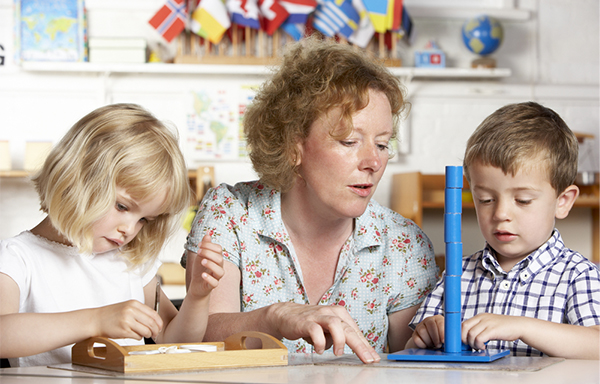Supporting Generalisation of Skills

In this final blog of our three-part series in which we have been considering key barriers to effective interventions for children who have Autism Spectrum Disorder (ASD), we will be discussing transferability and generalisation of skills. Specifically, we will be thinking about how we can support children and young people to use the skills they have mastered in everyday situations rather than only within the confines of structured intervention sessions. Ultimately, we want children to be able to use their newly acquired skills spontaneously, independently recognising when the situation calls for it, and not remain reliant on cues from a supportive adult or the sort of prior knowledge and anticipation that comes from a deliberately structured situation. Problems with generalising new skills can be a barrier for all children with SLCN, but it is a particularly common characteristic for children who have ASD.
If you support children by delivering targeted interventions of any type, you will have almost certainly come up against this challenge already. The child you are working with has mastered the skill you have been targeting – you know they can do it – and you want to conclude your intervention and/or move on. However, outside of your sessions, it seems as if they have made little or no progress at all, and you are left wondering what to do. If you work with a child with ASD, the effect is likely even more pronounced. The cognitive differences present can make it even more difficult for the child to recognise when to apply their new skills.
The truth of the matter is that we cannot say that our work is done until we have made a functional improvement to that child’s communication skills. The purpose of speech and language therapy is to facilitate and improve real-life communication. If there is no difference to those moments of real-life, functional communication, then we have not achieved our goal, and the work is not yet finished.
Functional communication goals
Refocusing on this goal of functional communication is really important for the work of generalisation. At every small step along the way during our intervention, we need to make attempts to bring our intervention in line with real-world tasks and scenarios. This will have an impact on the resources we use, the specific words and language structures that we work with, the people we work with, and the rooms and spaces that we use. As much as possible, it is better to make your intervention ‘real’ and therefore meaningful and, importantly, recognisable.
You may be wondering “why have a structured intervention at all?”. The fact is that structured activities are sometimes necessary (and the degree to which they are necessary often depends on exactly what skill you are working on). Structured activities and sessions lend predictability, which means we can discuss, demonstrate, model and practice what we’re working on, and we can do so over and over again. Structured activities also allow us to break a goal down into tiny, achievable steps and to control the level of challenge. These aspects are especially important when we are introducing a new skill.
Successful interventions will balance the need for structure and functionality, and we should reassess this balance often so that we can continually work towards functional achievements, remembering that those are our real goals.
Practice in a range of contexts
Because we acknowledge that children with ASD can struggle to generalise the skills that they have learned in one context to other, new, contexts, we need to practice new skills in a variety of contexts. We should aim to consolidate skills within a variety of tasks, resources, conversation partners, environments, and situations. This might feel like taking lots of steps ‘sideways’, but what you are doing is supporting the child’s ability to apply their new skill flexibly, and to better recognise all the different times that they might need to use that skill. Sometimes, frequent opportunities for practice will naturally come up, but for other skills the opportunities will need to be planned and even constructed. In some ways, the latter can be easier, as planned and predictable situations will mean that there will be an opportunity to ‘coach’ the child, ensuring that they are prepared and successful.
Support transitions
Finally, we need to acknowledge that, no matter how well we have written our SMART targets, ‘intervention’ does not have a very clearly defined endpoint. Successful generalisation and transfer of skills require a plan to ‘ease out’ of the intervention gradually. In other words – the support you provide should not just stop, it should be stepped down, gradually so that we bridge the gap between intervention sessions and everyday scenarios.
As the child moves towards using their target skill in a new context, we should remember three key phases: priming, practice, and review. We should prepare the child so that they remember what they need to do, give them the opportunity to practice, and then review how the situation went by giving specific feedback (and rewards where appropriate). As the child experiences more and more success, we can gradually step back and reduce each of these supports. Try to avoid attempting to generalise lots of skills at once. Working on one thing at a time, or only a few things at a time, will help the child to feel more confident in their response, and your priming and feedback will be much clearer.
We hope you have enjoyed this short series of blogs. Remember, your persistence and creativity will make all the difference!